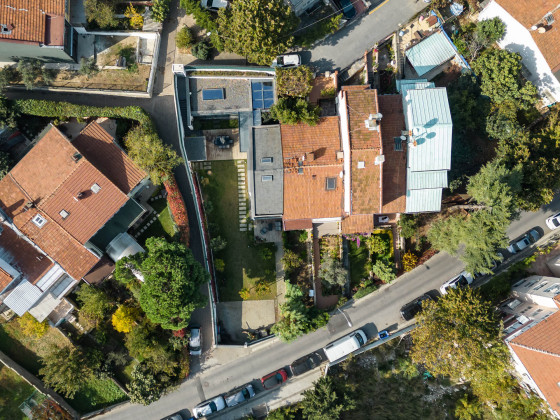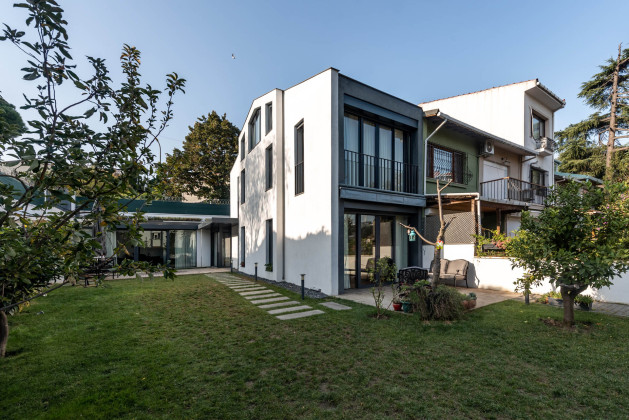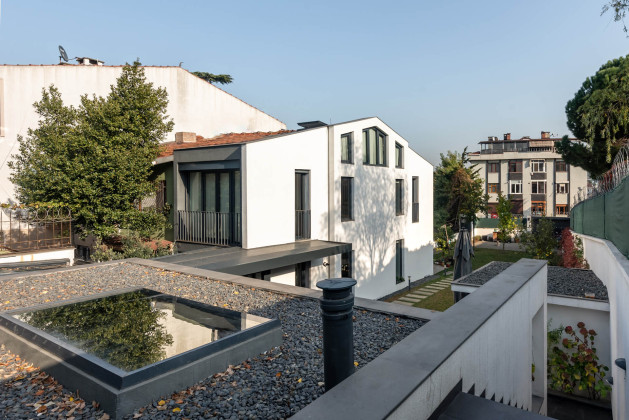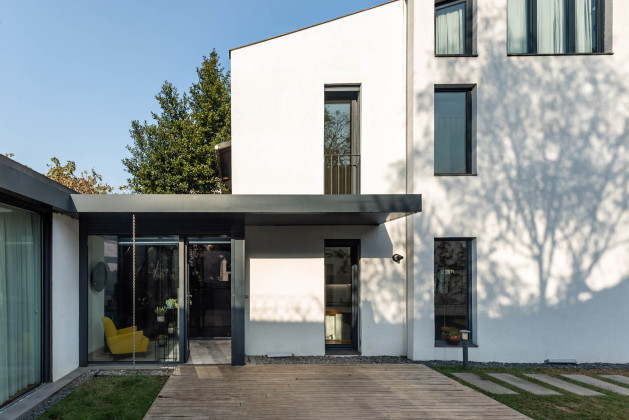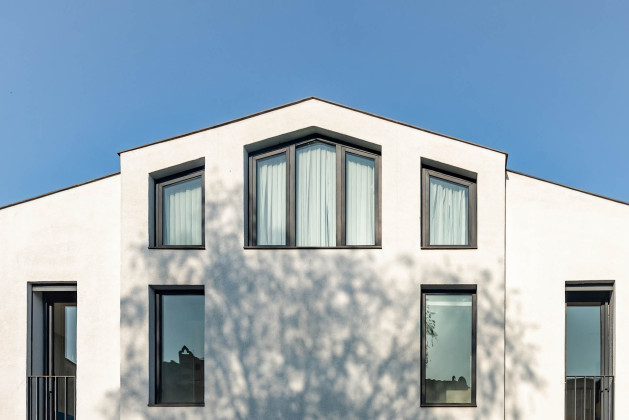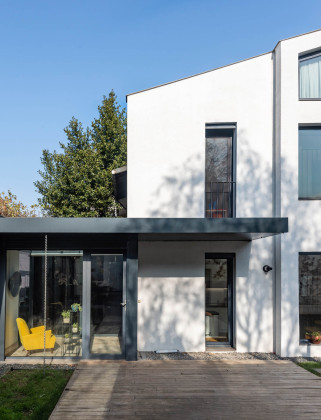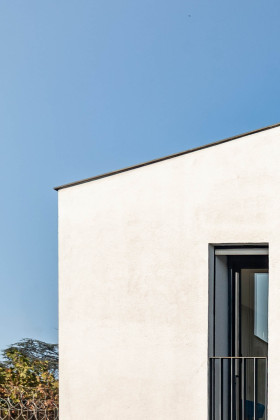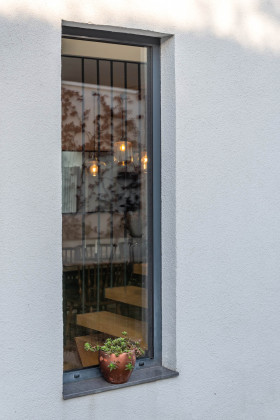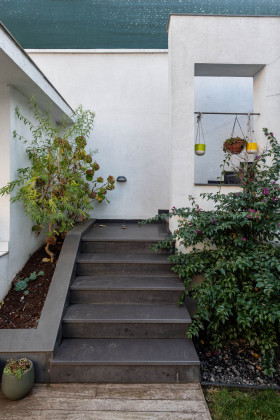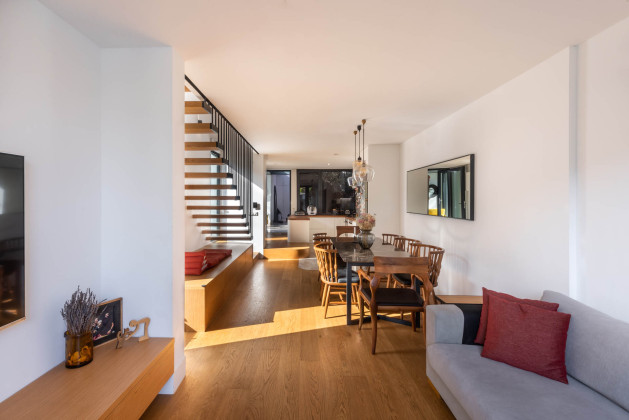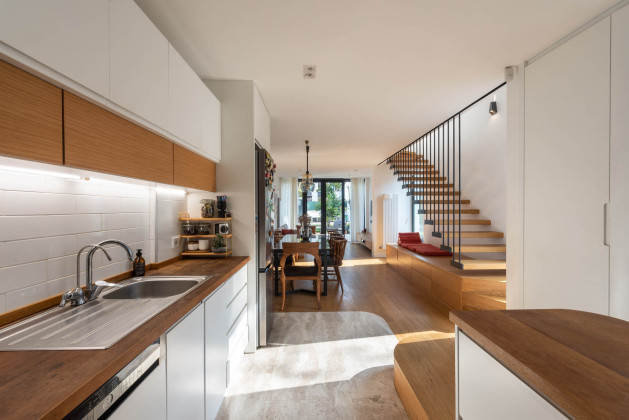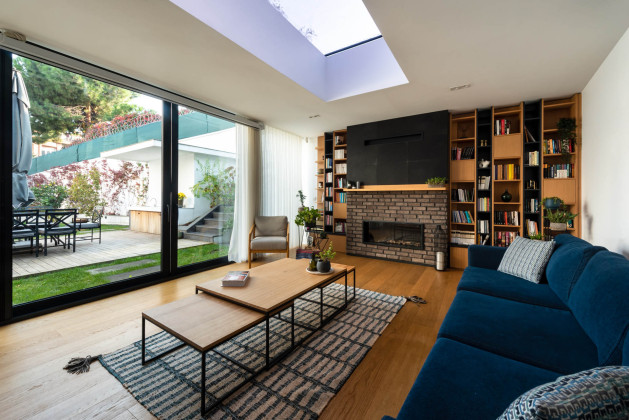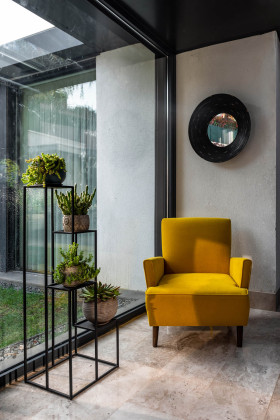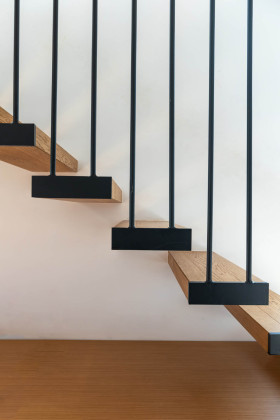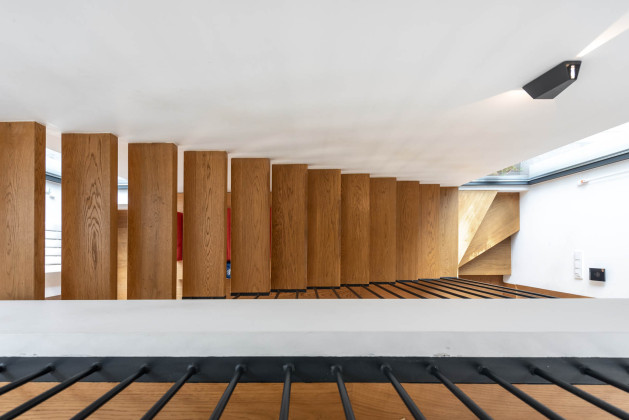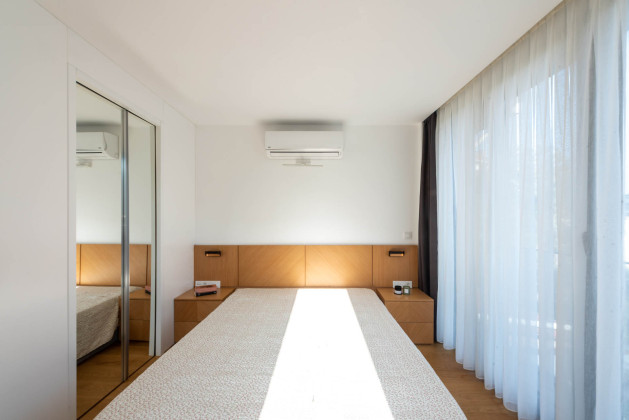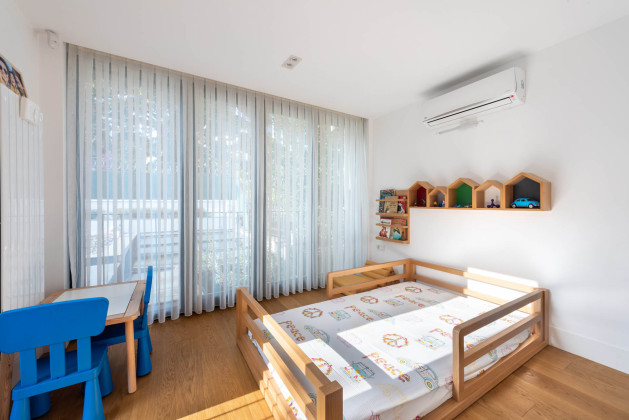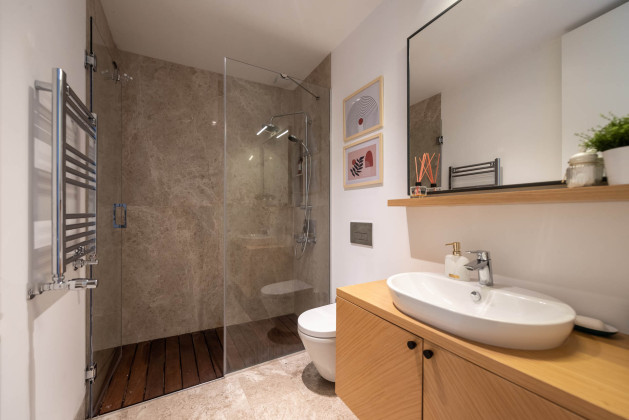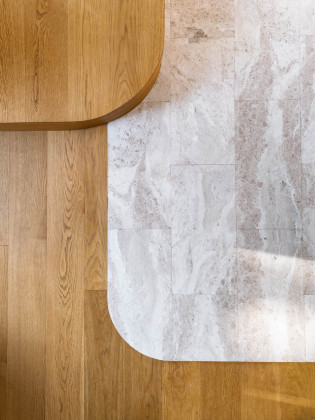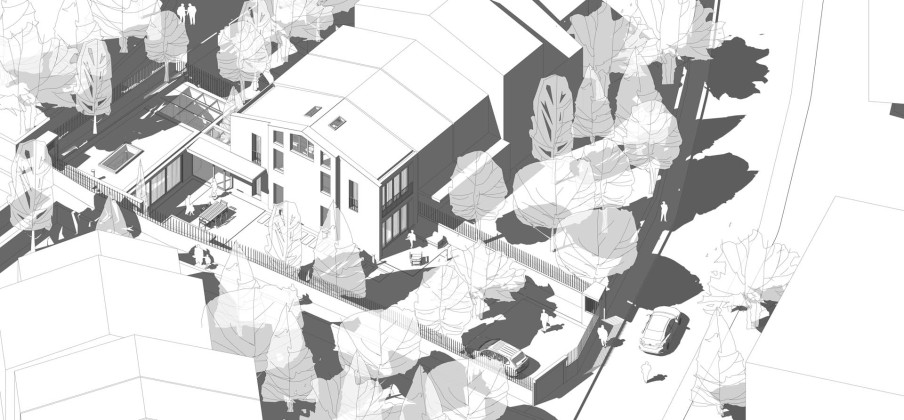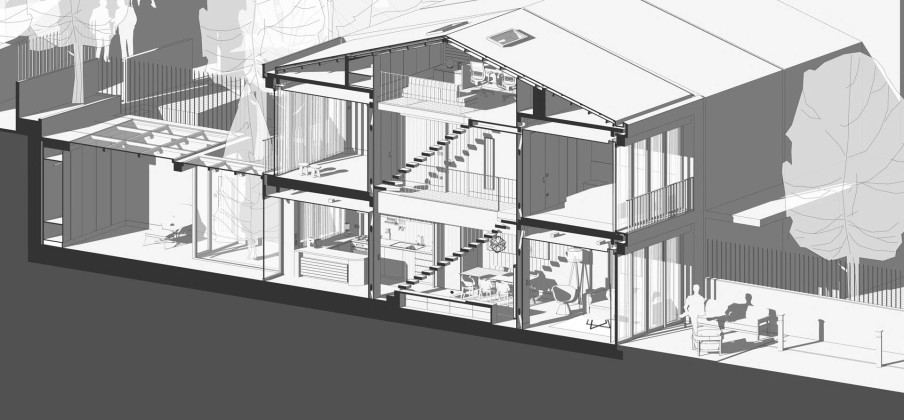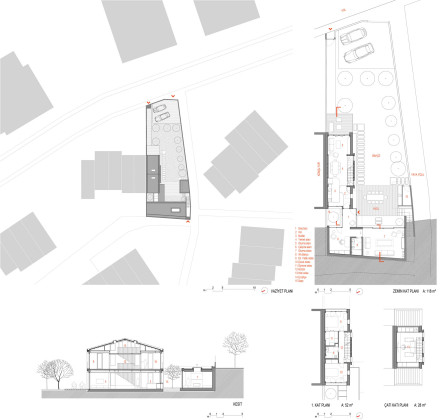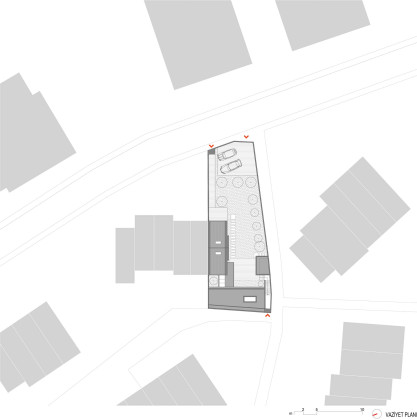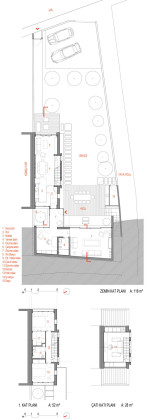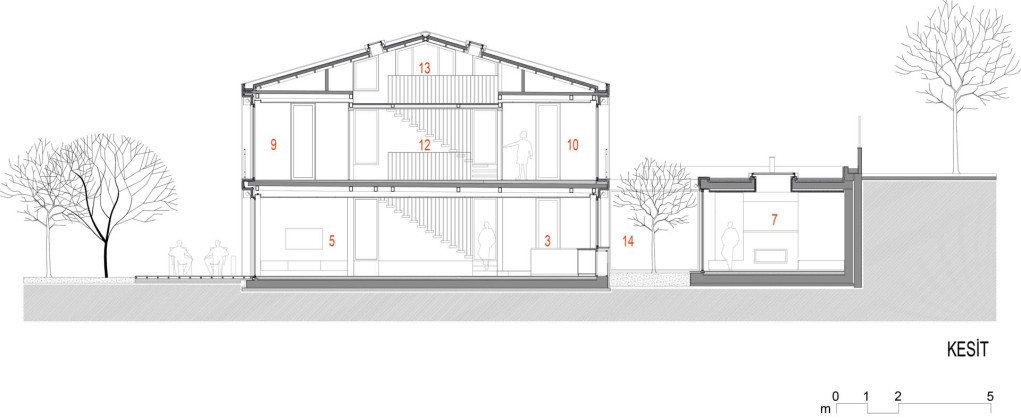Peker House
Peker Evi, renovated by Mekan Atölyesi, is located in Kosuyolu, Istanbul. The office describes the project as follows:
The project area was in the form of a field/ a promenade in the first half of the 19th century. The rural area known as Koşuyolu today was opened to intense development activity during 1950s due to the astronomical increase in demand housing. Koşuyolu started to be known as a separate district whose spatial identity was defined by mass housing projects of the decade. “In those years, in parallel with the 'affordable housing' policy of the period, 419 houses and a local market were built by the Imar Limited Partnership (İmar Limited Ortaklığı), which was established in partnership with the Istanbul Municipality and Emlak Kredi Bank, in the middle of the wheat fields and meadows that formed the neighbourhood of Koşuyolu at that time.” (Akbulut, 1994, p.79).
“According to the projections made at that time in the 1950s, Istanbul needed 40 thousand houses and this had to be provided as soon as possible.” (Aru, 1951, p.101). These cheap houses, produced to meet this need, were built by four different enterprises such as Emlak Bankası Evleri (Emlak Bank Houses), İşçi Evleri (Workers' Houses), Tersane Evleri (Shipyard Houses) and Kredi Yapı Sandığı Evleri. With the opening of the Bosphorus Bridge, the awareness of the region increased and the region was exposed to intense construction.
With the changes made in the zoning plans, the density of buildings has increased, the green areas have decreased, the housing function in the region has been replaced by f service areas and office units, and socio-economic strata has changed with the upper-middle-income users replacing the lower-middle-income users, thus the identity of the region has gained a new structure. Identity change can be examined under four titles: function, building height/building area, building density, and material. These changes are observed in many applications made to the region today and the region is gradually moving away from its original identity.
The project started with the client’s request to redesign the house according to their own needs after purchasing the existing house, and it is agreed that the best decision would be to preserve the original structure instead of demolishing and then rebuilding it.
In order to preserve the original form of the building, the following 4 basic points were taken into consideration:
1- Function: The original function of the building -house- is preserved, no new intervention has been made in the neighbourhood which is previously dominated by residential areas and gradually losing its old form due to the intense pressure of offices and food service areas in the region.
2- Building Heigth/Building Area: The plans were handled with minimal interference to the building area of the existing building. The building heigth is protected. Additional functions have been obtained by reconsidering the building section.
3- Building Density: Since the building was rehabilitated without demolition, there was no change in building density due to the new zoning.
4- Material: It is seen that the material selections in the newly constructed buildings in the region are not compatible with the original character of the region. In the design, very simple materials were preferred and it was desired to obtain a design that does not differentiate from the character of the region.
INTERVENTIONS
Various interventions have been made to meet the changes in the user demands in the last fifty years while preserving the original structure:
1- Plan Interventions: The partitioned interior wall structure, which is included in the planning of the existing building, was completely emptied on the ground floor and an open plan setup was adopted. On the upper floors, the partitions have been reconsidered according to new needs. The staircase inside the building was moved to the outside of the building, making room for the new plan.
2- Section Interventions: The existing structure was operated as two floors and the garret was used as a warehouse. In order to use the garret more efficiently in the new design, the ceiling of the units such as the wet locations and dressing room on the 1st floor was kept low and the use of the garret was relieved. This area has been re-functionalised as a study area. Thus, new functions were solved within the building mass without intervening in the building height.
3- Facade Intervention: There were windows on the east and west facades of the existing building. These windows were enlarged and new windows were added in the south direction as well. The house became ready to let the sun in all day long. Thus, new bright spaces that visually and physically communicate with the garden were obtained.
4- Outbuilding Intervention: The outbuilding, which is located within the garden of the existing building and is disconnected from the main block, has been re-planned as a guest room and also for daily use. The main block and the outbuilding are connected by a transparent glass tube and this connection is arranged as the new entrance of the building.
5-Structural Interventions: The existing structure was a masonry structure. To produce inexpensive dwellings, continuous stone foundations and concrete slabs were built along with two other adjacent blocks, creating a triple block that statically acts as a single structure. Since the masonry walls would also be intervened with the interventions made to the plan, it was inevitable to revise the structure of the building. Herewith, increasing the earthquake resistance of the building has also been one of the main objectives.
While the structure of the designed corner block was reconsidered independently from the other two blocks;
a- The masonry stone foundation was revised as a reinforced concrete raft foundation by suspending the structure from various parts.
b- During the re-planning, the masonry walls were intervened. Instead of load-bearing masonry walls, a steel frame system was established by adding steel columns in certain axes.
c- Due to the various interventions on the floors, the floors were also supported by steel beams.
d- The concrete outbuilding which lost its bearing capacity was dismantled and rebuilt as reinforced concrete.
It was desired to achieve a plain and simple structure, which is suitable for the general texture of Koşuyolu District, which solves its new needs within itself, without going to extremes that the new zoning plan allows.
The structure, which was built with a continuous stone foundation and masonry in its original form, has become a composite structure supported by steel. In addition, the building in the designed parcel has been made independent without damaging the structure of the buildings in the other two parcels.
 25.03.2023
25.03.2023



